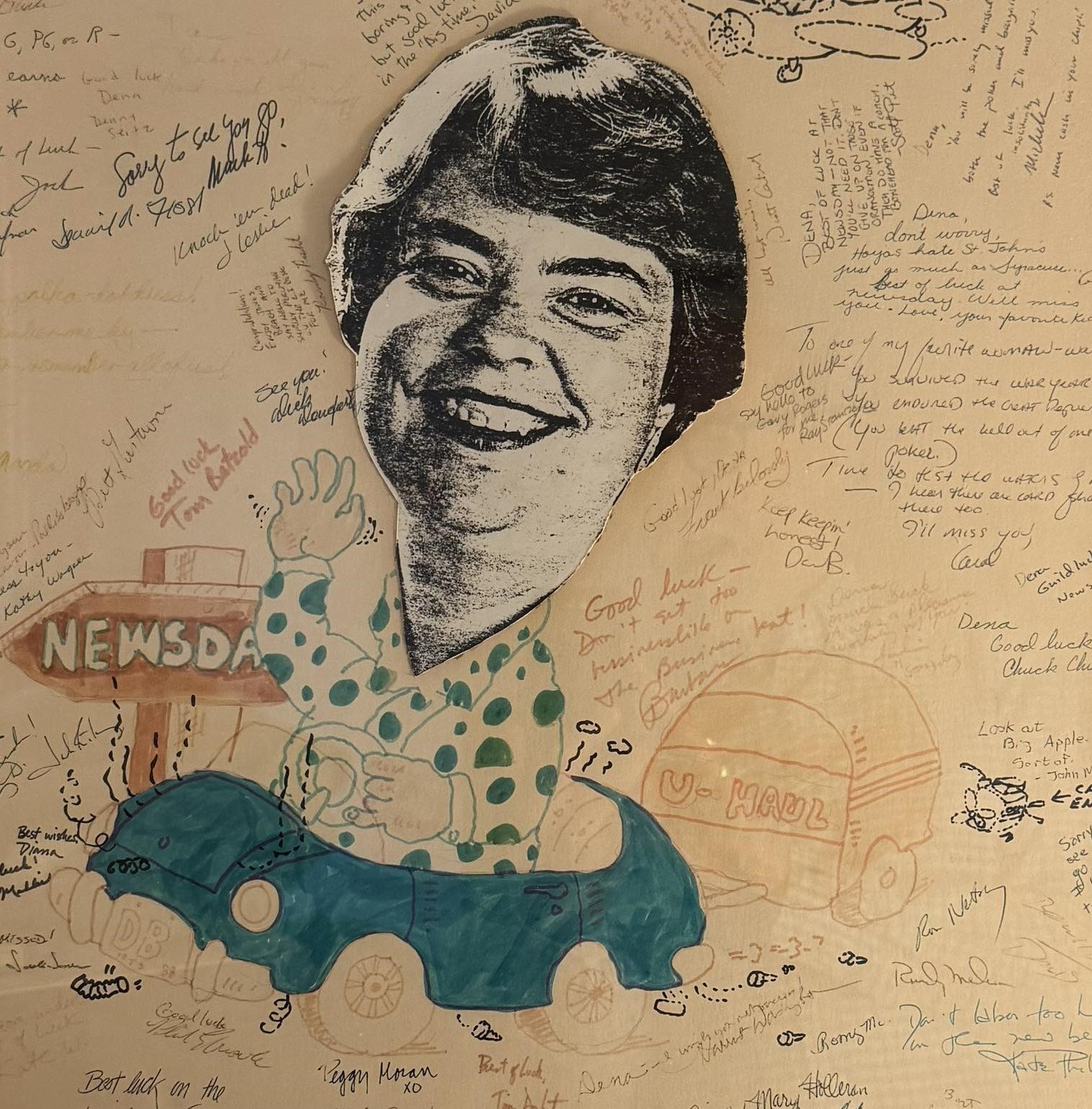“Lois Lane” of Rochester Explained the Early Days of HIV/AIDS
I'm remembering a friend, Dena Bunis, who was a reporter for the Democrat and Chronicle in the early days of HIV.
She died March 12, 2024 and in her obituary, they called her “esteemed journalist, editor and mensch” to all who knew her.
I called her Lois Lane because she was always looking for a story.
After leaving the Democrat and Chronicle, Dena Bunis went on to several journalism roles, including senior writer and editor for AARP. Provided by Robert Palmer and Ward Pedde.
She’d say, “Give me a story, tell me what's going on in the HIV world and AIDS world.” This was in the 1980s during the peak of the epidemic, the darkest days. She was just all over it.
Going through some things, I found a bibliography that links to the articles that she wrote in those in those early days.
September 20, 1986 “Strong Hospital to offer promising experimental AIDS drug.”
That was AZT, the first drug that was available. And it was at UR before it was approved. We were going to be doing clinical trials as a part of a group that the National Institutes of Health under Dr. Tony Fauci had put together.
And in this article about AZT coming to Strong, Dena quotes Sue Cowell, who at the time was a nurse practitioner in the University Health Service and a member of the Rochester area task force on AIDS. Sue is saying that AZT is not a cure for AIDS – remember, this is 1986 – but it's something that will keep the virus in check.
Dena Bunis’ colleagues in Rochester wished her well upon her move to Newsday. Provided by Robert Palmer and Ward Pedde.
So both Sue Cowell and Dena Bunis were educating us, giving us the real story, on the very first drug to be introduced to treat HIV.
Here’s another. September 27, 1987: “A vaccine for AIDS possible.”
This is just six years into the epidemic. And she's talking about early optimism about an HIV vaccine. Now we all know that after 40 years, we are still aren't there. Maybe we’re a bit closer. But she’s talking about an AIDS vaccine very early in the course of all of this and quoting University of Rochester and Strong Memorial Hospital leaders as supporting the idea and wanting to get involved in this kind of research.
On February 2, 1988, she wrote: “Bishops Clark and Burrill to lead services for AIDS patients.”
So here's a new twist on the AIDS story from “Lois Lane.” In this case, she's talking about community activities that support people with AIDS. She’s moved from the hard science of a new drug being developed and coming soon to Rochester, and the possibility of an AIDS vaccine and then she gets down to the community level and talks about the two bishops – Matthew Clark of the Catholic Diocese of Rochester and William Burrill of the Episcopal Diocese – working together.
She interviews Jackie Nudd from AIDS Rochester, who says that this would be especially important to families who have lost loved ones to this deadly disease.
Dena Bunis, right, with former Secretary of State Madeline Albright. Provided by Robert Palmer and Ward Pedde.
I remember that night. I wrote about it in my book that it was really very moving and kind of sobering for all of us, and it was much needed at the time because we're still in the very early days, 1987. At that point, we now have a test for HIV and one drug, and religious leaders in the community are stepping up to the plate and there's Dena, there's Lois Lane, telling us about that experience.
There are a dozen other pieces that she wrote during that era, all of which are a good history and chronicle of the HIV epidemic. Not only in Rochester but globally. She tied a lot of what we were doing here into what was going on with the epidemic and the rest of the world.
Dena Bunis, right, with the Obamas at a White House Christmas Party for the press. Among Bunis’ roles was Washington bureau chief for the Orange County Register. At left is Dena’s longtime friend, Robert Palmer. Provided by Robert Palmer and Ward Pedde.
Dena Bunis. Provided by Robert Palmer and Ward Pedde.
So what is Dena Bunis’ AIDS legacy?
Well, she informed people, she talked to people in a language that they could understand. A wide audience was reading this. And it also was very personal in terms of her interview with Bishop Burrill, who says that it was important that the religious community acknowledge people with AIDS. So she brought it from the high level research area to the local level, right down to the community and personal patient level.
“Lois,” a job well done. Rest well, my friend.





